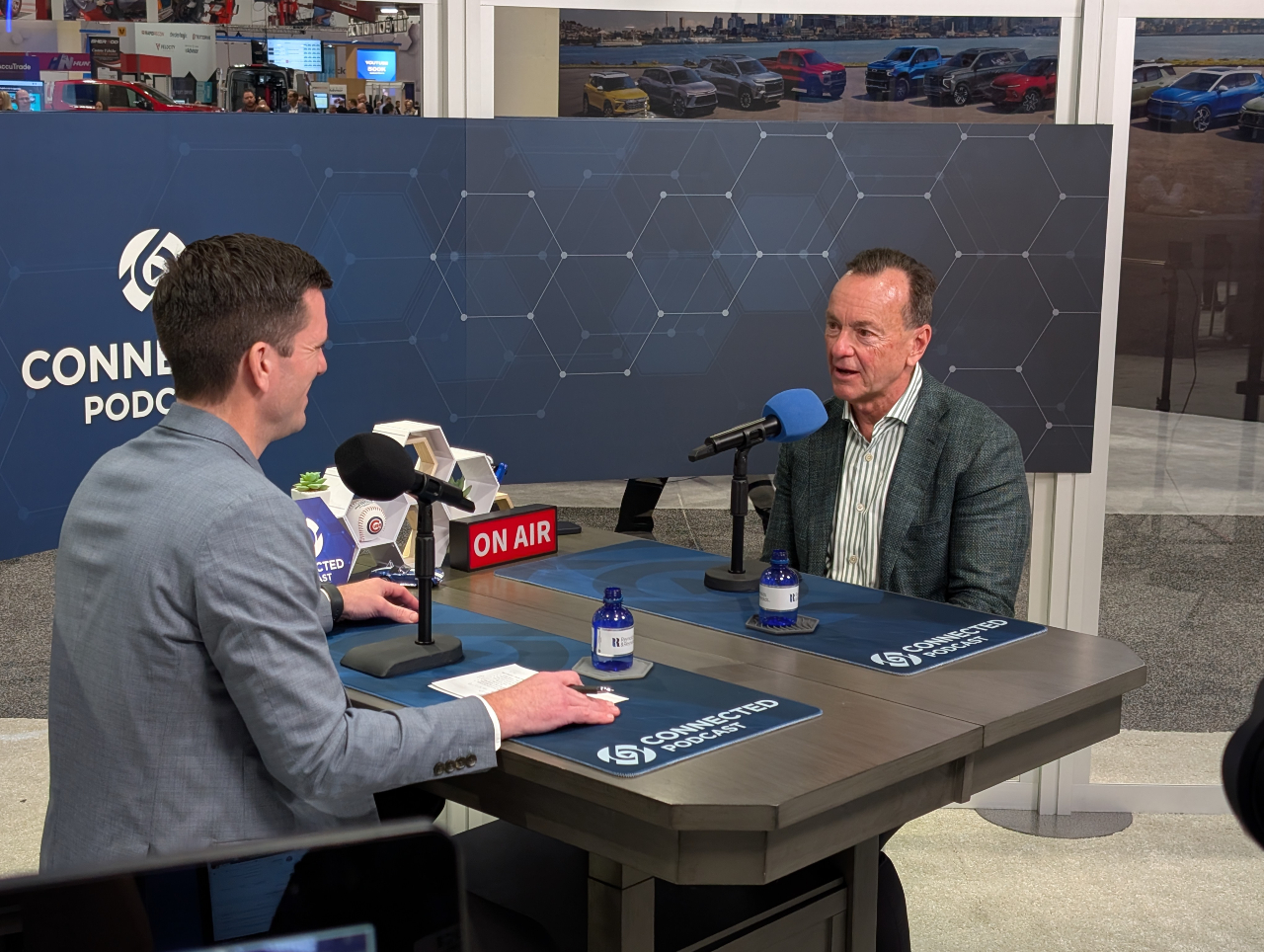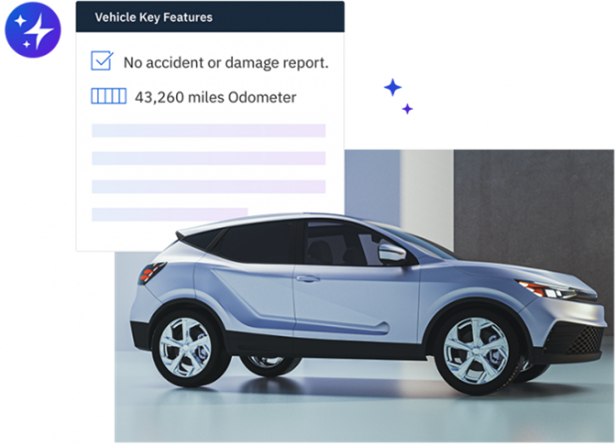Protecting the Omnichannel Buying Experience with Effective Verification Tools

Article Highlights:
- Hybrid buying, selling, and financing could provide new risks for dealers.
- Digital car-buying requires compliant, proactive identify verification.
The US economy entering 2023 was much more strained compared to even the early days of the pandemic just a few short years ago. Inflation continues to affect US retail and automotive shoppers, with ongoing fears of a recession this year. Vehicle prices are still extremely high, and now there’s talk of gas prices rising again.
However, auto retailers and their lender and OEM partners continue to push forward, knowing that despite the economic pressures and higher prices and interest rates, pent-up demand for car shopping will continue. Many dealers continue to ponder the right digital retail strategy, and it is becoming clear that an omnichannel approach is the best approach.
The Right Way to Go Digital
It’s no longer just about “going digital” and establishing the car-buying process as online-forward. This thinking has evolved, and many in the industry now realize that the sweet spot consumers want when shopping for a car will take a true omnichannel approach – where customers want to research and build deals online, but still appear in the showroom at some point in the process when it’s convenient.
eCommerce retail experts believe omnichannel and a more unified shopping experience is among 2023’s most significant consumer trends. Roughly 90% of consumers now expect retail businesses to offer omnichannel experiences across their preferred online and in-store channels and touchpoints. Additionally, brands using at least three channels in their retail strategies see a 287% higher purchase rate than single-channel brands1. Auto dealers would be wise to pursue this as a primary shopping strategy.
These trends include consumer desire for convenience; doing as much remotely before coming into the store; saving money; and having the flexibility to buy when, where, and how they want. But this is a significant challenge for the average dealership: how do you transition a consumer from the digital retailing experience to the dealer’s CRM experience, securely and without starting over?
Overcoming the Challenges of Omnichannel Buying
The security and compliance elements of the omnichannel approach pose great risks. Auto dealers continue to struggle with shopper verification, especially now that a heavy dose of shopping takes place online. Factor in a true omnichannel strategy, and you have a recipe for disaster if you don’t have the right system in place.
Many dealers today still rely on driver’s license scans for customers at the dealership, but a large number of dealers fail to conduct this verification properly. Currently, most dealers scan a buyer’s license during a loan application or test drive. This satisfies compliance and procedural checklists, and pre-populates the customer profile immediately. While this process is important, it lacks a significantly critical element that can potentially prevent or thwart the vast amount of synthetic fraud attempts: ID verification.
Verification technology validates the driver’s license and the person’s true identity, and while photocopying may be muscle-memory at this point, it increases the risk of fraud.
Furthermore, sales personnel often verify over-the-phone customer inquiries via a texted image of the driver’s license. These images can remain on the sales person’s phone indefinitely, which carries NPI/PII compliance risks as a direct violation of the new Safeguards Rule amendments. Dealers and their partners can leverage new technologies today to combine prescreen, prequalification, and ID verification tools and prevent fraudulent activity from happening.
These new tools and technologies are in place today, to not only satisfy compliance requirements, but to provide an omnichannel environment so verifications can safely and securely take place whether the customer is inside the dealership, behind a computer screen at home, or over the phone.
1: https://www.omnisend.com/blog/omnichannel-statistics/
Related Articles:

The Future of Variable Ops with Experts at NADA 2025
Explore how AI is transforming variable operations in automotive retailing with insights from NADA 2025. Learn about efficiency, profitability, and fraud prevention from industry leaders.

Decision made regarding the Vehicle Shopping Rule – now what?
Check out five key takeaways from the Vehicle Shopping Rule to keep your dealership safe from FTC enforcement actions.

3 Ways AI Can Elevate Your Dealership’s Online Inventory
On average, Americans are exposed to between 4,000 and 10,000 advertisements every day. From commercials on TV to billboards on your way to work, all…

The Pizza Playbook – What Ordering Pizza Teaches Us About F&I
For as long as I can remember, my family had “pizza night” every week. Without fail, every Friday evening we’d all gather around the computer…















